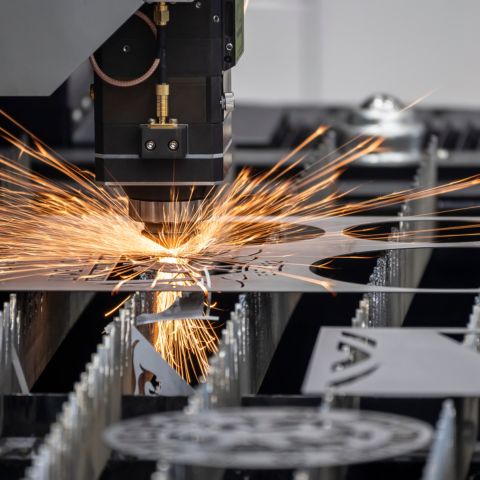Laser cleaning machines have revolutionized surface treatment across industries by offering an efficient, eco-friendly, and precise method to remove contaminants, rust, coatings, and oxides from various surfaces. This comprehensive guide will delve into the workings, applications, advantages, and best practices of laser cleaning machine, empowering users to harness their capabilities effectively.
Understanding Laser Cleaning Machines
Principle of Operation: Laser cleaning involves the use of high-energy laser beams focused on the surface, which vaporizes or ablates unwanted substances without causing damage to the underlying material. This non-contact process leaves a clean surface without residue or damage.
Components: A typical laser cleaning machine comprises a laser source (such as fiber, pulsed, or continuous-wave lasers), scanner or galvanometer system, focusing optics, control system, and safety features like fume extraction and shielding.
Applications of Laser Cleaning Machines
Industrial Sector: Widely used in industries like automotive, aerospace, and manufacturing for removing paint, rust, coatings, oil, and contaminants from metal, stone, or concrete surfaces without causing abrasion or surface damage.
Cultural Heritage Conservation: Laser cleaning offers a gentle and precise method for restoring delicate artifacts, statues, and historical monuments by removing dirt, soot, or unwanted layers while preserving the original material.
Medical Equipment: Utilized for sterilization and decontamination of medical instruments and equipment due to its non-contact nature and effectiveness in removing biological residues.
Advantages of Laser Cleaning Machines
Precision: Laser systems allow for precise targeting, making them ideal for intricate surfaces and sensitive materials without causing damage.
Environmentally Friendly: This method is eco-friendly as it doesn't involve the use of harsh chemicals or produce hazardous waste.
Efficiency: Offers faster cleaning compared to traditional methods, reducing downtime and increasing productivity.
Best Practices for Laser Cleaning
-
Safety First: Ensure proper safety measures and training for operators to prevent accidental exposure to the laser beam.
-
Surface Preparation: Assess surface materials and adjust laser parameters accordingly to achieve optimal cleaning without damaging the substrate.
-
Regular Maintenance: Follow manufacturer guidelines for machine maintenance to ensure consistent performance and longevity.
-
Testing and Optimization: Conduct trials on a small area to determine the most effective laser settings before full-scale cleaning.
In conclusion, laser cleaning machine present a cutting-edge solution for precise and efficient surface treatment across various industries. Understanding their operation, applications, and best practices empowers users to leverage this technology effectively, fostering cleaner and safer working environments while preserving the integrity of materials.


No comments yet